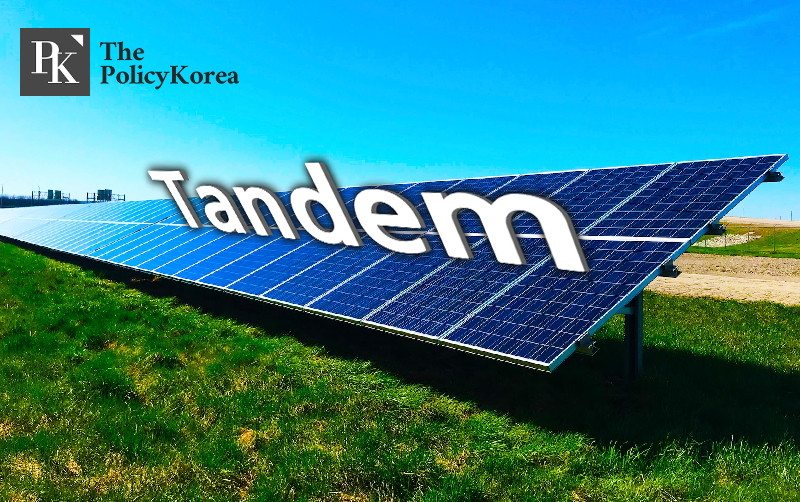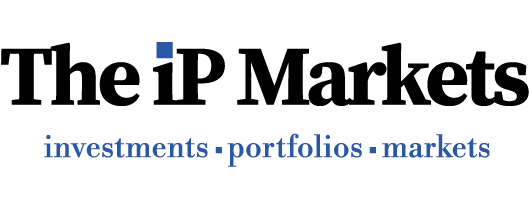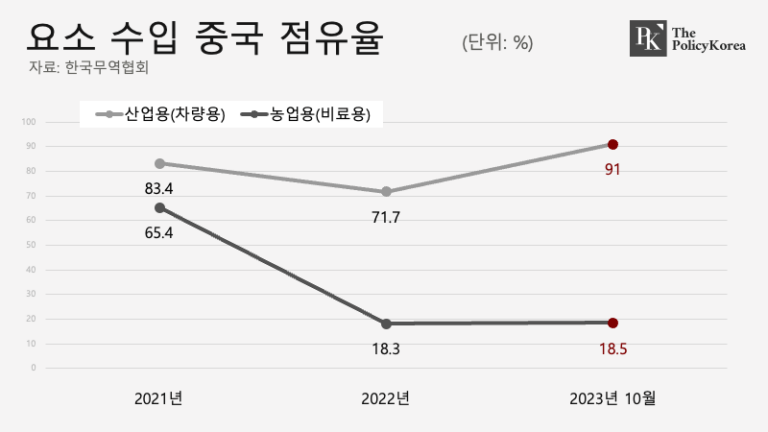As global competition for next-generation solar technology ‘tandem’ intensifies, what is the development status of our country?
‘Tandem’ technology that can significantly improve solar cell efficiency, chosen as next-generation food source Intense global technology competition, with large numbers of countries including China and Saudi Arabia participating Korea has established a consultative body and started competing in earnest. Hanwha Solutions is leading the way

The government is accelerating the commercialization of ‘tandem’, the next-generation solar power generation technology. Public-private cooperation appears to be picking up speed, with the first meeting of the ‘Tandem Solar Energy Council (tentative name)’ being held on the 17th to inspect the status of tandem technology development (R&D) and prepare commercialization support measures. While countries around the world are making every effort to secure tandem technology, will our country be able to take the lead in fierce market competition?
Tandem battery, a ‘game changer’ in the solar energy market
Solar power generation is considered a key element in achieving carbon neutrality. It is also the energy source that accounts for the largest proportion of Korea’s renewable energy development. However, there is no promise yet for the commercialization of solar energy. Although various solar cells, such as organic thin film solar cells and quantum dot solar cells, are being researched, the rate of improvement in solar cell efficiency is not slowing down. Tandem solar cells have recently been attracting attention as a new ‘key’ to solving these limitations.
Tandem solar cells are a technology that stacks solar cells with two different energy absorption bands (band gaps). In general, each type of solar cell has a set wavelength of light that can be absorbed. This means that only a portion of the wide range of wavelengths emitted by sunlight can be absorbed. However, tandem solar cells can absorb light of a wide range of wavelengths by joining two solar cells with different absorption wavelengths.
Tandem cells can produce more power from a single area as they absorb many wavelengths. This is also the reason why tandem batteries are called a ‘game changer’ in the solar energy market. There is even an optimistic outlook that tandem batteries will replace a significant portion of the solar energy market in the future. However, some point out that there is still a long way to go before commercializing the technology. This is because in order for tandem cells to demonstrate practical effects, they must overcome various limitations, such as enlarging solar cells in the future and securing modular temperature resistance.
From China to Saudi Arabia, the technological race is accelerating
Dominating tandem technology is the same as dominating the entire solar market. This means that a large amount of future carbon-neutral energy demand can be absorbed. Accordingly, countries around the world are fiercely competing to commercialize tandem batteries. China is considered a representative competitor. China’s LONGi Soalr is a perovskite-crystalline silicon tandem solar cell that has been verified to have an initial efficiency of 33.9% by the U.S. National Renewable Energy Laboratory (NREL). This is currently the highest level in the world.
Saudi Arabia is also focusing its efforts on solar power generation and is closely following China. It is interpreted that investment in new and renewable energy is being expanded in preparation for the coming ‘post-oil era’. In June last year, Saudi Arabia’s King Abdullah University of Science and Technology (KAUST) broke its own record by increasing the efficiency of the same perovskite-crystalline silicon tandem solar cell as Longi Solar to 6%. This is the result of accelerating research by recruiting scientists from Europe.
The representative player in Korea’s ‘tandem competition’ is Hanwha Solutions. Hanwha Solutions produced its own tandem cell with a maximum efficiency of 3% in March last year and received official certification from NREL. In May of the same year, the company announced that it would invest 29.3 billion won in its Jincheon plant in North Chungcheong Province to build a pilot facility for mass production of tandem cells and modules. The goal is to mass-produce tandem cells in 5 by joining hands with the Talheim R&D Center in Germany, which operates a small-scale test production line for R&D purposes. As each country begins to develop and commercialize technology in earnest, the industry is paying close attention to the direction of the fierce global technology race.



![[신성장4.0] 정부 신성장 4.0 전략 로드맵 ‘양자컴퓨터’, 현실 가능성은? ①](https://ipmkts.com/wp-content/uploads/sites/8/2023/11/출처-Investors-Chronicle.png)





 네이버계정으로 로그인하기
네이버계정으로 로그인하기
 카카오톡 계정으로 로그인하기
카카오톡 계정으로 로그인하기
